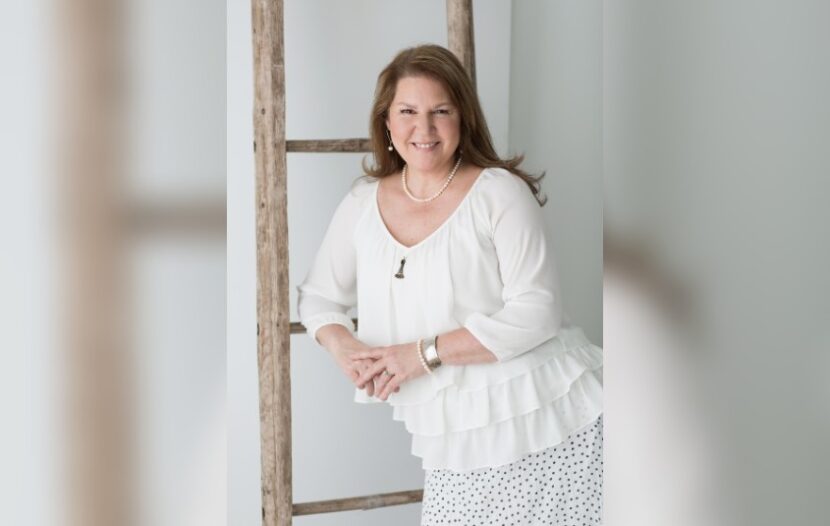TORONTO — You can’t feel the sand between your toes on Zoom.
But you can have business meetings. You can make presentations and facilitate breakout rooms. Other online solutions recreate settings for trade shows and conferences, where you can host thousands. The travel industry should know. Like every industry in the world, it’s been using Zoom and other videoconferencing and virtual event services to stay connected – B2B and B2C – over the past 16 months of the pandemic.
What does that mean for corporate travel – and the agents who sell it?
When the pandemic first hit, many thought business travel would be among the first to recover. Then everyone starting using videoconferencing and virtual event set-ups, and some companies said they’d never go back to all those days on the road. Zoom, in operation since 2012, had US$2.6 billion in revenue in 2020, a year-over-year increase of 317%. Meanwhile online offerings for hosting virtual conferences multiplied seemingly overnight, a blow to the MICE (meetings, incentives, conferences and exhibitions) sector.
And while the new eased travel restrictions for Canada, announced last week, is just the latest example of a country taking big steps to reopen its border, entry policies around the world are still a mishmash, further hampering corporate travel’s restart. For the MICE market, years-long lead times for booking major conferences and events, and 16 months+ of cancellations, not to mention the potential for reinstated restrictions on large indoor gatherings, further complicate things.
All those factors mean corporate travel’s recovery will be slow compared to leisure travel. But there’s still no substitute though for connecting with industry colleagues and new business partners in person. Travel consultants like Angela Landry are counting on it.
Landry, a TPI agent based in Nova Scotia, has an 80/20 corporate / leisure split. “Corporate always appealed to me, I have been focusing on corporate since I started in the industry in 1988,” she says.
When the pandemic first started in early 2020, “my $2 million+ a year in corporate sales went to nothing. I mean nothing. Not even a booking a week for almost a full year,” Landry tells Travelweek.
While restarting corporate travel has its challenges, for some sectors, Zoom calls just won’t cut it, she says. “It will really depend on the nature of the business. I deal with many fashion companies who have to meet in person. Their customers need to feel the fabric and see the samples in real time,” says Landry.
At the other end of the scale, one of Landry’s clients – a large insurance company – is doing just fine with videoconferencing. “The CEO lives in France, the head office is in Montreal and all their employees work from home, and this is working very well for them.”
THE ‘NEVER LEFT’ & THE ‘NEVER RETURNING’
Analysis of corporate travel’s comeback by management consulting firm McKinsey & Company divides COVID-era corporate travellers into 4 camps: the ‘never left’; the ‘never returning’; the ‘fear of missing out’ (FOMO) travellers; and the ‘wait and see’ crowd.
The ‘never left’ group, accounting for about 15% of pre-pandemic corporate travel spending, include managers with manufacturing companies who need to see their factories and plants in person. The ‘never returning’ (20%) are tech-adept and have had no problem switching to virtual mode during COVID.
Driving corporate travel’s recovery, says McKinsey & Company, are the FOMO group. Representing a whopping 60% of pre-pandemic corporate travel spending, they’re the SME (small-to-medium size enterprise) invested sales force eager to solidify client relationships post-pandemic. For travel retailers like Uniglobe, which has an 80/20 corporate-leisure split in Canada’s eastern half, SMEs have been key drivers for growth. Uniglobe launched its 40th anniversary in March 2021 with a series of #Uniglobe40Strong events.
Rounding out the four categories are the ‘wait and see’ corporate travellers. The smallest group, with just 5% of pre-pandemic corporate travel spending, the ‘wait and see’ group aren’t in highly competitive sales positions but rather in the public sector and non-profits.
“I DO SEE A SLIGHT INCREASE IN SALES”
Landry says she’s seen sentiment from her business travel clients change too. Some ‘road warriors’ took the pandemic as a chance to recalibrate their busy rarely-home lives. But others are jumping at the bit to travel again, says Landry. “Some of the younger travellers want to get back out there. And then the older ones who have families and have travelled extensively are happy to be home.”
Asked what she’s hearing now from clients, “it’s a lot of ‘I can’t wait to travel again!’”
Landry adds: “I do see a slight increase in sales … people are feeling more confident with the vaccine process and lower confirmed cases. My fear is corporate has had a chance to do a very valid cost saving experiment. They have moved face-to-face meetings to Zoom meetings and online training sessions. Some of my corporate companies have saved up to $25,000 a month with employees working from home and not travelling.”
One of Landry’s clients, the insurance company in the UK, is saving a million British pounds per month. “We can’t ignore this,” she says.
To read the full article, including more from Landry as well as the latest stats from the GBTA, click here for Travelweek’s July 29 edition.

